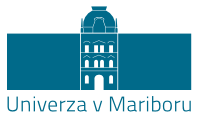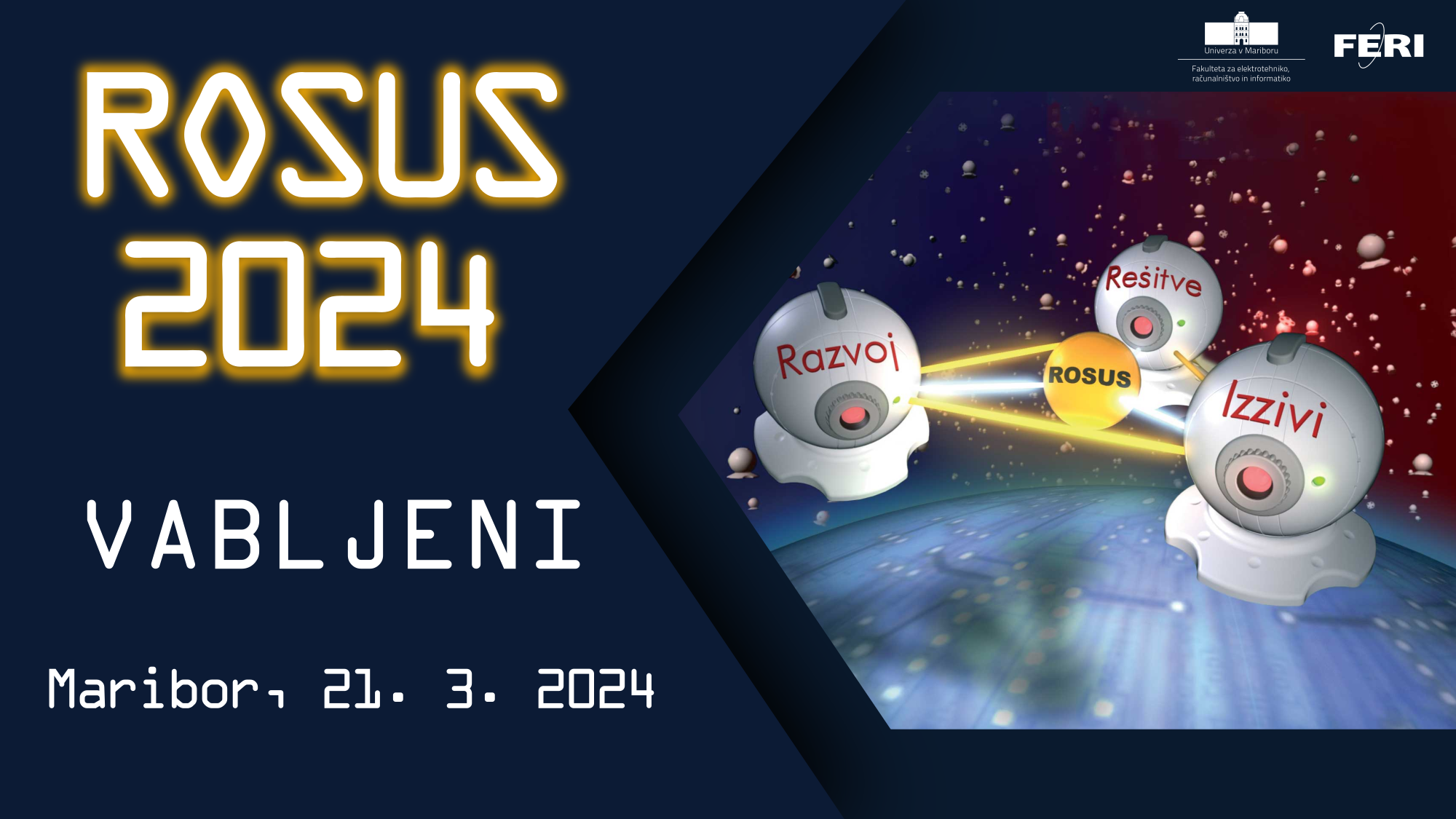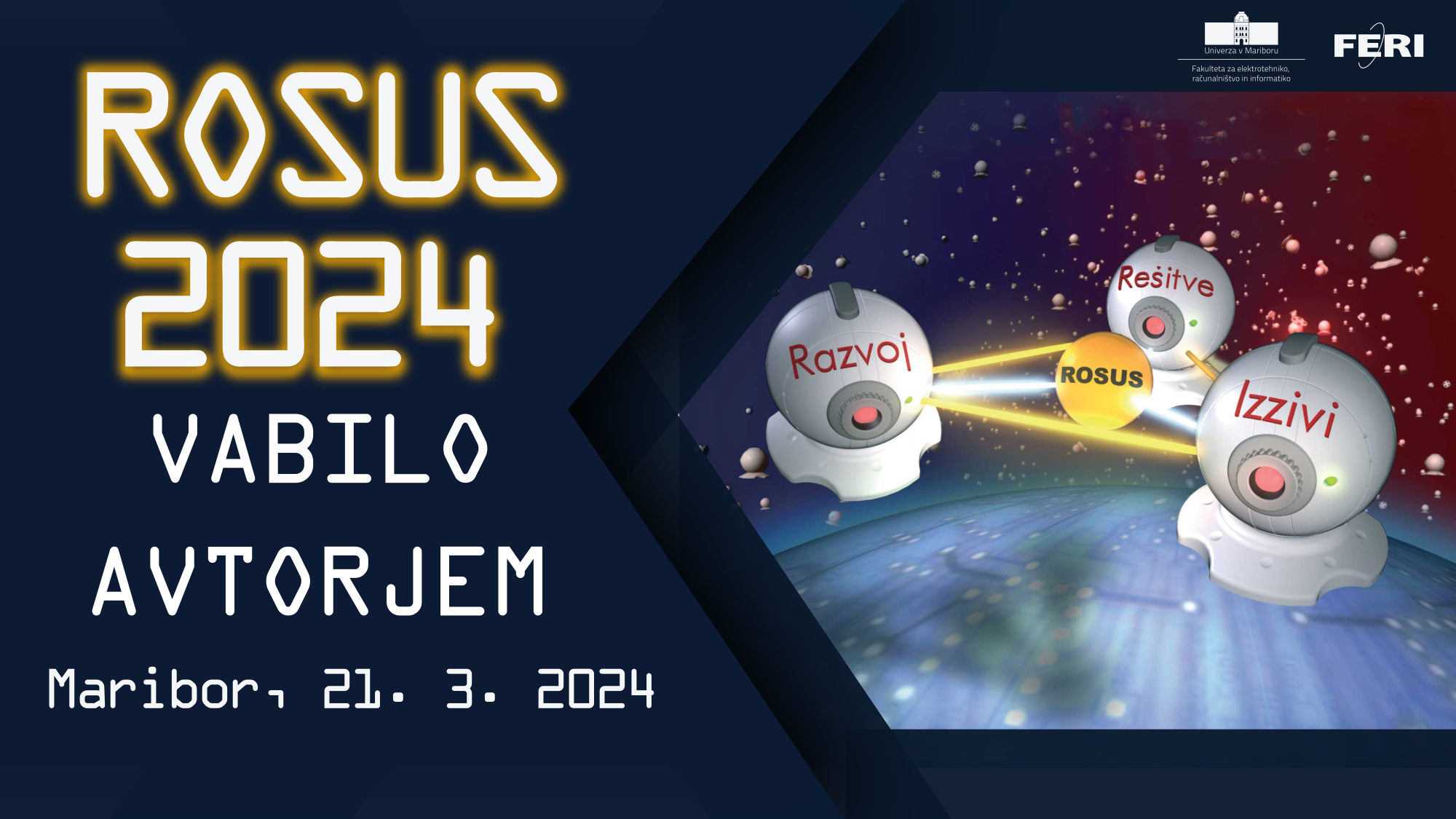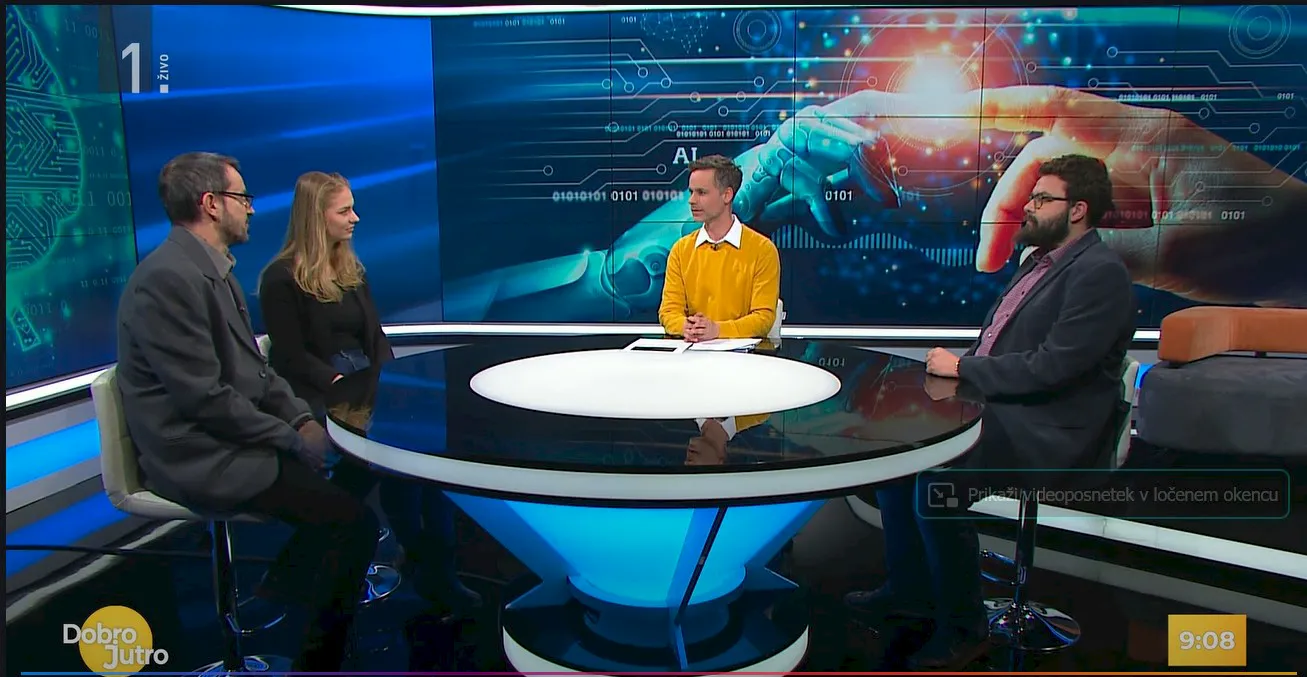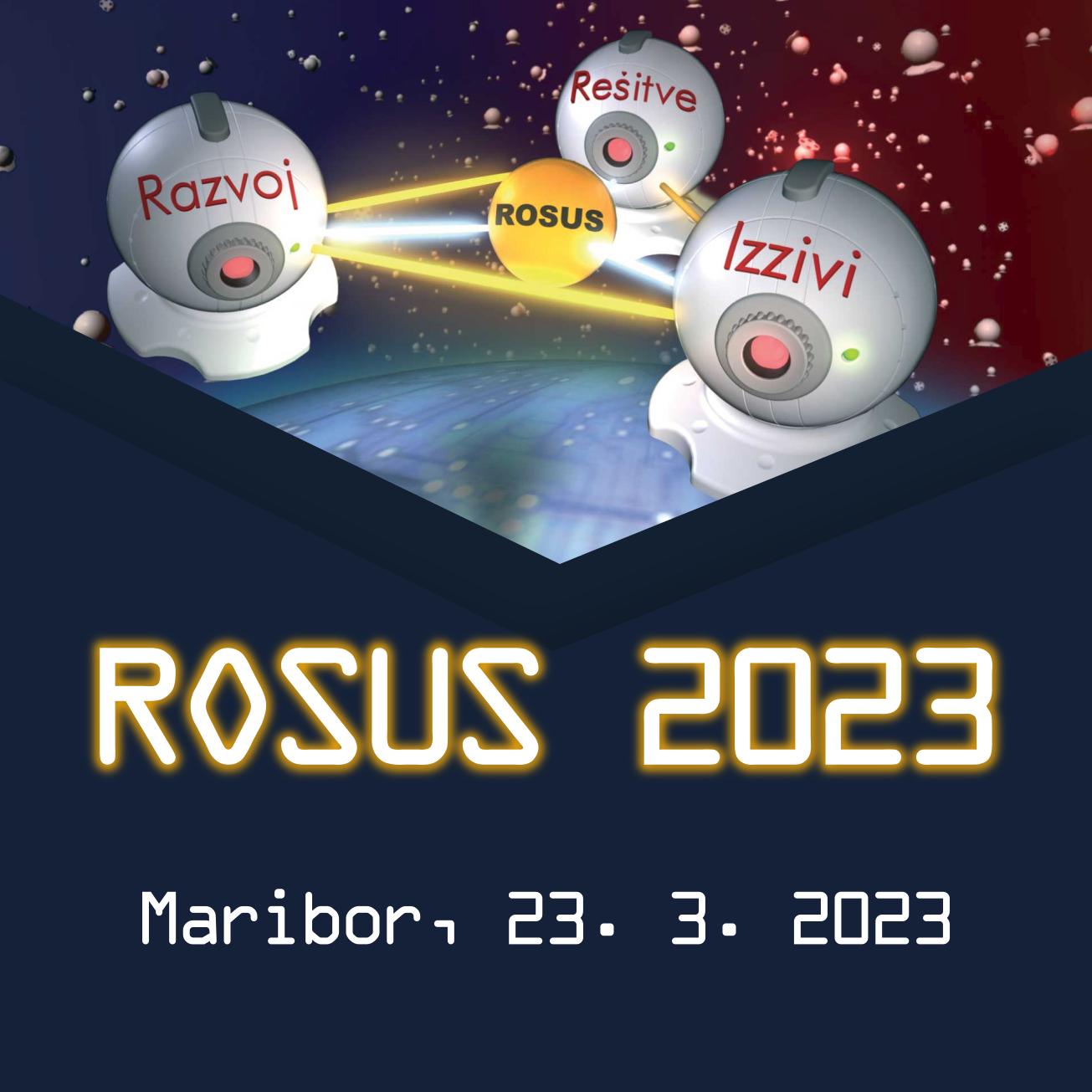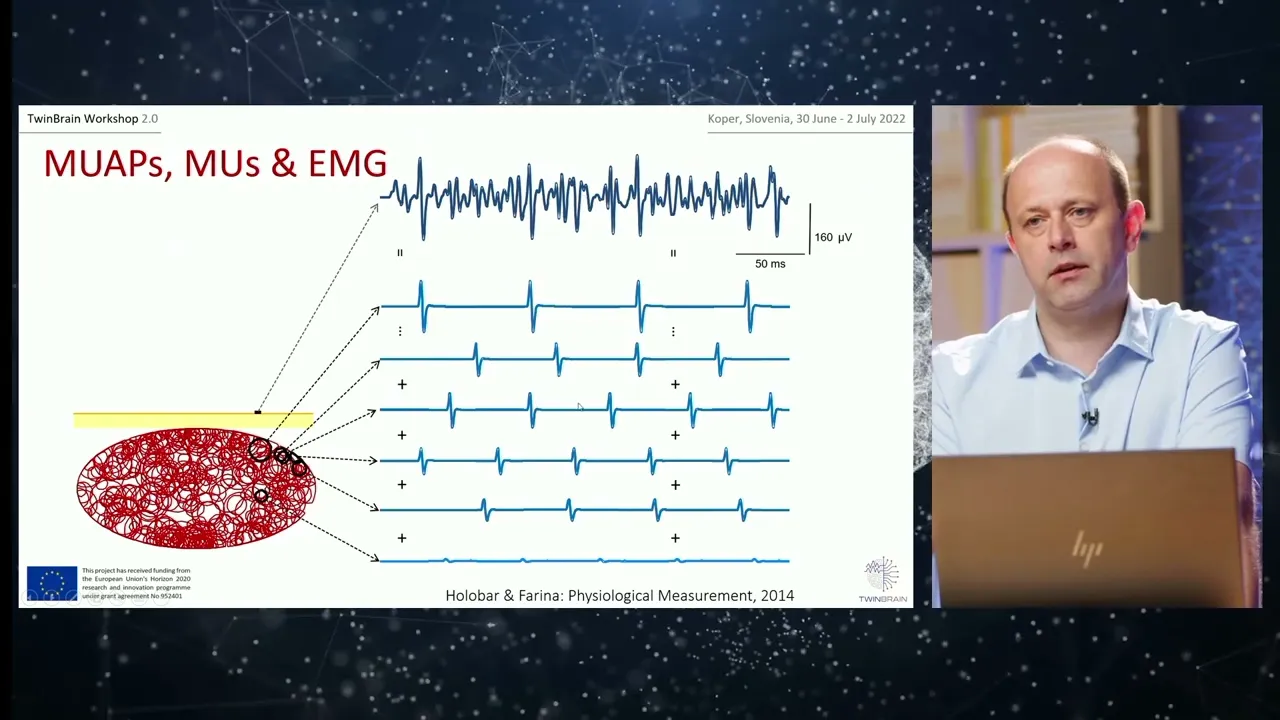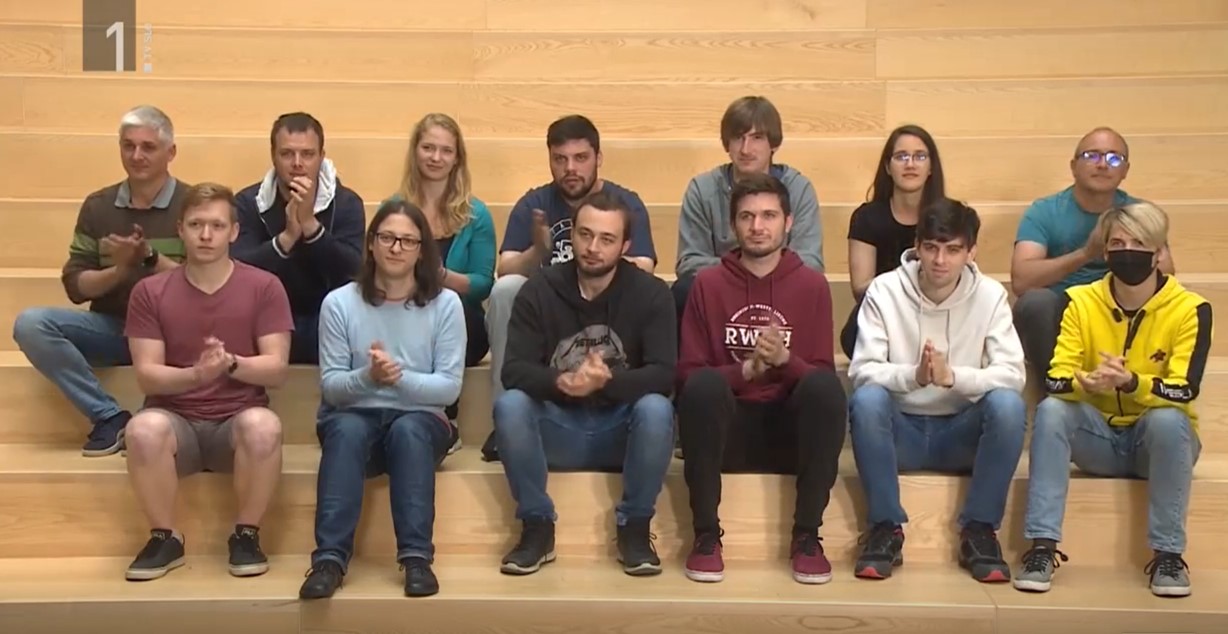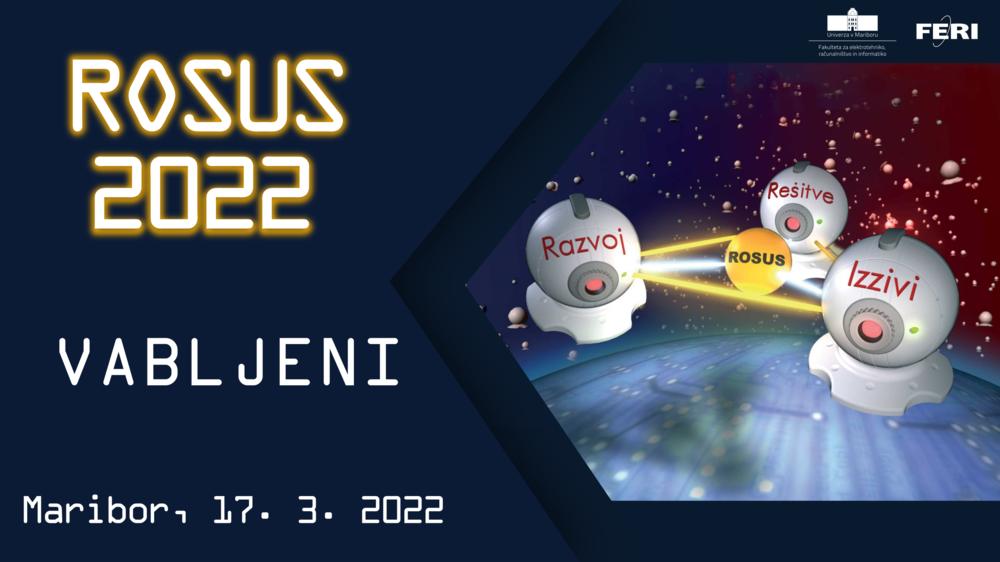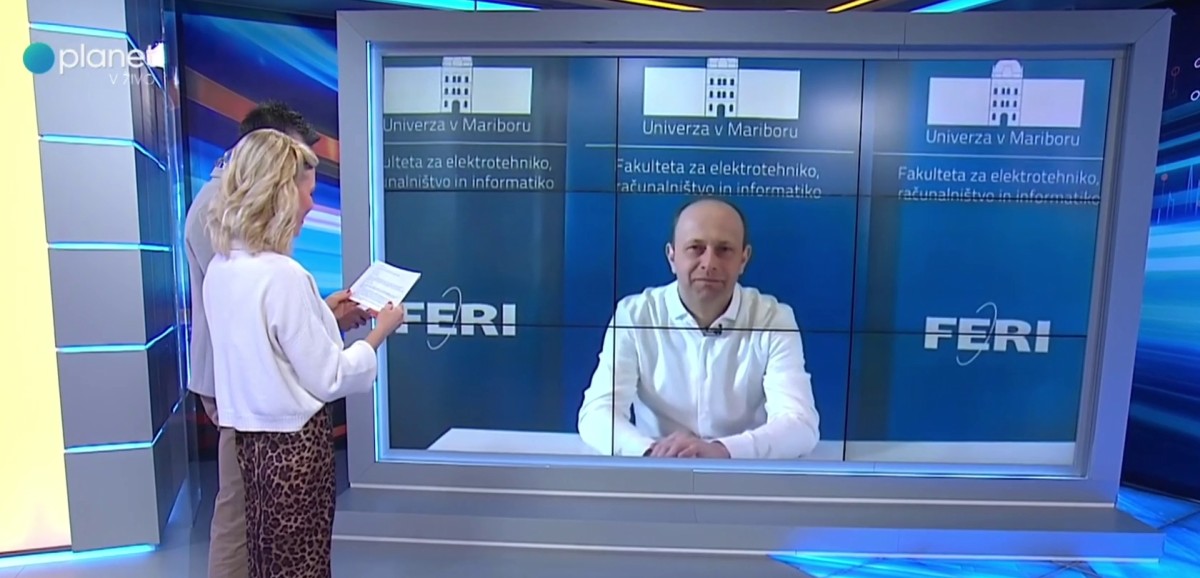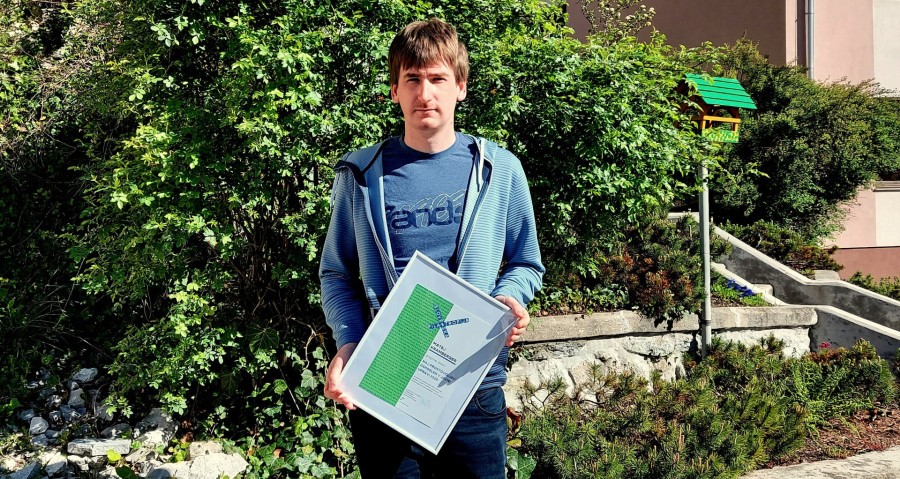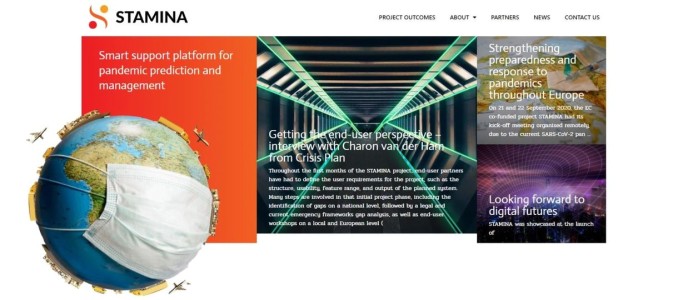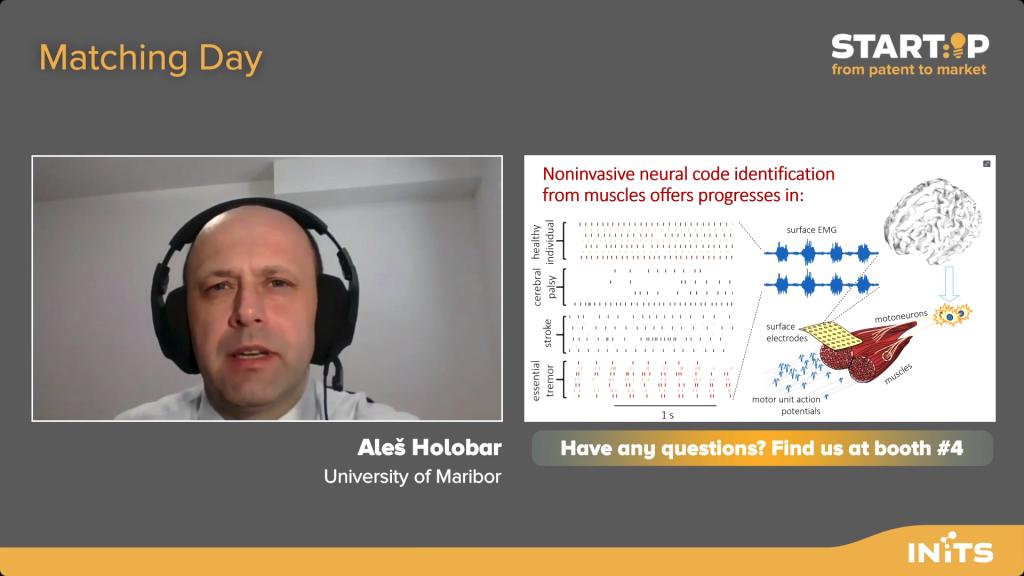Author: Bozidar Potocnik
Mentor: Asoc. Prof. Dr. Damjan Zazula
Co mentor: Prof. Dr. Franc Solina
Date: March 1998
Application of Segmentation for Medical Image Analysis
Keywords: digital image processing, segmentation, thresholding, edge based segmentation methods, region growing, recognition system, edge image, classification, Hough transform, ellipse recognition, ultrasound, speckle noise, ovarian follicles.
UDK: 681.327.8:61
Abstract: In this work the application of segmentation for medical image analysis is
described. Problems encountered when constructing such segmentation algorithms are described in detail. It can be seen that
the construction of context-dependent segmentation algorithms without tight collaboration of experts is not possible, this can especially be seen when
evaluating the segmentation results. The construction of these algorithms follows a well-defined principle: first the medical domain should be studied, then the
appropriate context-independent segmentation method should be chosen, and finally, all the segmentation results obtained should be evaluated. This work
describes in detail these steps dealing with the development of a segmentation algorithm for automated detection of follicles in ultrasound images of
ovaries.
At the beginning, an introduction to ultrasound, ultrasound transducers and probes, and their application in medicine, especially for monitoring the
variations in menstrual cycle, is given. At the same time, we get a basic knowledge about menstrual cycle, ovaries and follicles. Ultrasound images
are very noisy (speckle noise), thus the methods and operators for preprocessing the ultrasound images, especially the operators for speckle
noise reduction, are described. In the most extensive part of this work, an overview of existing context-independent segmentation methods is given,
where the classification of these methods into four groups is introduced:
thresholding, edge and region based segmentation methods, and pattern matching. A simulation of ten
segmentation methods from different groups, which has been performed on 50 artificial images (approximations of real
ultrasound images), pointed out thresholding operation OPTIMAL and region growing method UNION as the two most successful. A description of Hough
transform follows, applied, afterwards, for direct follicle detection in ultrasound images of ovary. The follicles are approximated by ellipses, what
proves to be unsuitable, because the recognition rate of follicles was only around 30
%.
The sequel of this work is devoted to the follicle recognition using classical approach -- with classical recognition system. The recognition
system "xultra" for automated detection of the follicles, in which the
knowledge obtained about ultrasound, follicles and segmentation methods is gathered, is described in
detail. The algorithm "xultra" was tested on 30 real ultrasound images of ovary, results obtained were compared to the
correct ones which were provided by the experts -- gynecologists. With this algorithm the recognition rate is around 40
% higher than the recognition using Hough transform, however, when searching only the dominant follicles
the recognition rate is 86,8 %. Then the critical evaluation of algorithm "xultra" is given and also some
improvements are proposed. At the end of the work, an influence of medical experts on the construction of medical
segmentation algorithms is described, some advantages and disadvantages of automated recognition are listed, and finally, the issues to which we should
particularly pay attention when selecting the context-independent segmentation methods to be included in segmentation algorithm for medical
images are listed.


